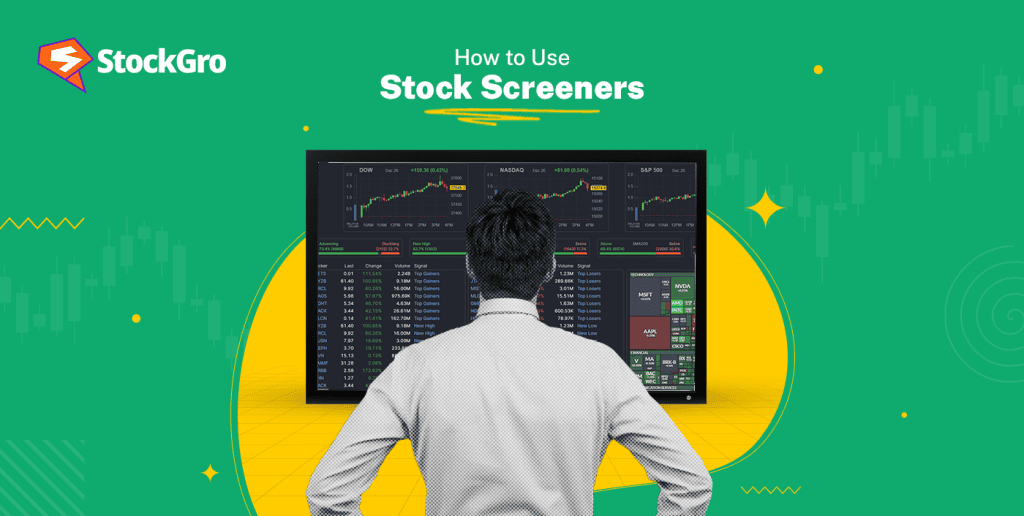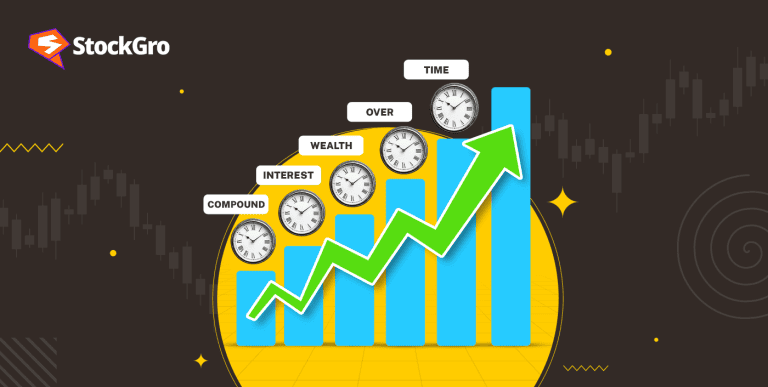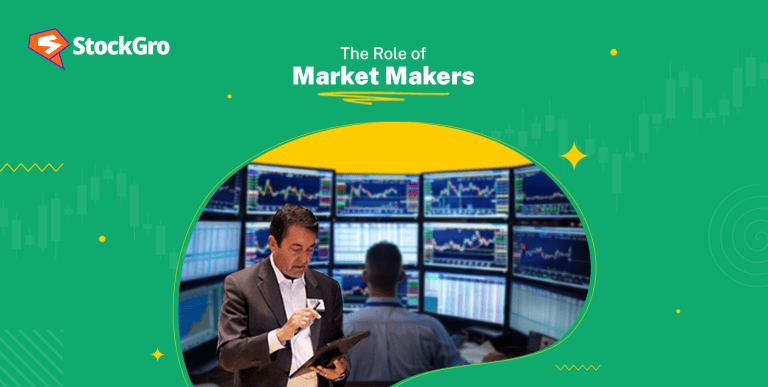
The definition of an investment states that it is an asset obtained to generate a return or appreciation of capital. The generation of income happens solely through the right investment opportunity and the right selection of assets. The important question is how to select the right investments.
In the 21st century, there are multiple traditional and modern investment tools with varied degrees of risk and return. The most common among them that seemingly gives out the best returns is the stock market. However, amateur investors and even experienced investors struggle to pick the right stock with optimum risk and return levels.
Stock screeners might enable investors to pick stocks that suit their risk and return needs.
What are stock screeners?
A stock screener is a tool that traders and investors use to separate equities according to predetermined criteria. It gives its users the option to choose the stocks that fit any profile or set of parameters. Popular websites and trading platforms provide stock screeners for free or for a membership charge.
Before understanding how to use stock screeners, there are a few other aspects of stock screeners that must be discussed.
How do stock screeners function?
Stock screeners are typically used by day traders to assist them in selecting which of the hundreds of stocks listed on exchanges warrant their attention. Stocks may be sorted using a stock screener according to several criteria, including price, market capitalisation, debt-to-equity ratio, dividend ratio, and P/E ratio. The number of stocks presented decreases as more criteria are used.
Three parts to stock screeners that enable investors to find the right investment opportunity are as follows.
- A list of different stocks.
- A collection of variables that can help determine the stock trajectory.
- A screening engine that creates a list of matches by identifying the assets that meet specified criteria.
Also read: A Simple Guide to Trailing EPS and TTM EPS.
Factors to consider before using stock screeners?
There are various factors that investors must consider before investing in assets through stock screeners. The two most important factors are as follows.
- Investment plan
National exchanges now list the equities of numerous businesses. Each business has its unique financials and growth trajectory. Investors must know what they are looking for before using a stock screener so that they can use optimum parameters and figures to shortlist their stocks.
- Reliability
It is necessary to look for trustworthy screeners. A screener must cite reliable sources for its facts and figures. Preferably, these sources should be primary sources like company financial statements and credit rating analysis. Moreover, there is a clear distinction between free and premium screeners. While free screeners offer basic features, premium screeners can offer premium features like backtesting and real-time data.
Also read: Mastering Share Valuation: Methods and Key Factors Explained.
How to use stock screeners?
Although all screeners have their unique user interface, the following are the basic steps that must be followed to use any stock screener.
- Selection of the screener
An investor has to pick a screener that suits their requirements. This might be an application, a gadget included in a brokerage account, or an independent website.
- Set the criteria
The trader must set the parameters for shortlisting the stocks. These parameters may include PE ratios and market capitalisation. The selection of parameters must be based on the goal of the investment. For this, the investor must have prior knowledge about what various parameters indicate.
- Analysis and refinement
The list should not be the end of investment research but the start of it. An investor must analyse the result of the screener to look for patterns, trajectory, outliers and much more. Moreover, the investor can add more parameters based on the initial result to further shortlist the stock result.
- Keep watch and take action
After generating the required list, a trader must take two actions. The investor may make an investment decision once confident. Moreover, the other action that is equally important is to continue updating the parameters. The marketplace is dynamic and the metrics must be continuously updated to meet the changing conditions.
Benefits of stock screeners
The benefits of stock screeners are as follows.
- Fast filtering: Browsing through countless stocks individually takes a lot of time. Unsuitable solutions may be swiftly filtered out with this tool.
- Focused analysis: It increases the chances of making good investments by assisting investors in concentrating on stocks that match their particular needs.
- Adaptable standards: The majority of screeners provide a variety of customisable options that let users tailor the results to their investment approach.
- Current information: Real-time data is provided by several premium screeners, which is essential for prompt investment decision-making, particularly in unstable markets.
Limitations of stock screeners
Following are the limitations of screeners.
- Probable bias: Since screeners are based on algorithms, it is difficult to understand the degree of bias in the lists generated. Similar may yield different lists in different stock screeners.
- Quantitative comparisons: These screeners can only shortlist stocks based on quantitative factors like financial statements. They do not take the various qualitative effects that influence the stock market and prices of particular stocks daily.
Conclusion
Stock screeners are not the end of analysis but the beginning of it. They exist to complement investor research and are not the ultimate tool. On the surface, a stock screener may appear to be a straightforward tool, but it has many intricate features. It runs on a strong algorithmic foundation that is constantly updated with current information on financial ratios, stock performance, market trends, and other variables.
However, investors must observe caution and perform due analysis before making investment decisions. Traders should not solely rely on stock screeners for investment opportunity research.
Also read: A Comprehensive Guide to the Parabolic SAR Indicator.
FAQs
- What is a stock?
An ownership stake in a business is represented by a stock. It is sometimes referred to as equity. To obtain capital, businesses list their stocks on stock exchanges, and investors purchase and sell them according to the companies’ potential for appreciation or dividend payments.
- How to analyse a stock?
Stock can be analysed through quantitative and qualitative analysis. Quantitative analysis includes fundamental and technical analysis. While fundamental analysis measures the financial health of the company, technical analysis measures the stock performance.
- What is the use of a stock screener?
A stock screener is a tool that traders and investors use to sort shares based on predefined criteria. It allows its customers to select stocks that match any profile or combination of characteristics. Stock screeners are typically used by day traders to assist them in selecting which of the hundreds of stocks listed on exchanges warrant their attention.
- Are stock screeners free?
Stock screeners may be free or paid. There is a noticeable difference between free and paid screeners. While free screeners provide basic functionality, premium screeners can provide additional capabilities such as backtesting and real-time data.
- Can I use only a stock screener?
Stock screeners are not the end of the analysis; rather, they are the beginning. They exist to supplement investor research and are not the final solution. Investors must exercise care and conduct thorough research before making investing selections. Traders should not rely only on stock screeners to identify trading opportunities.

